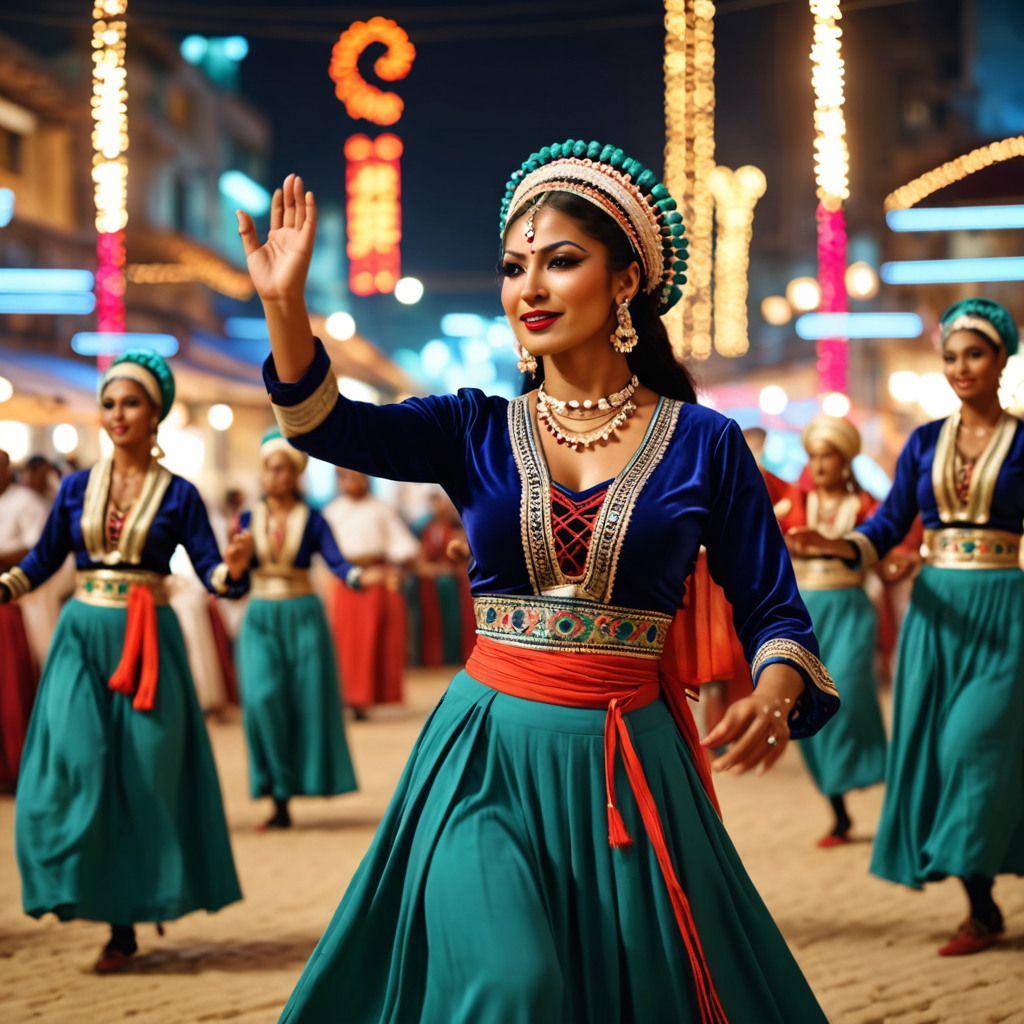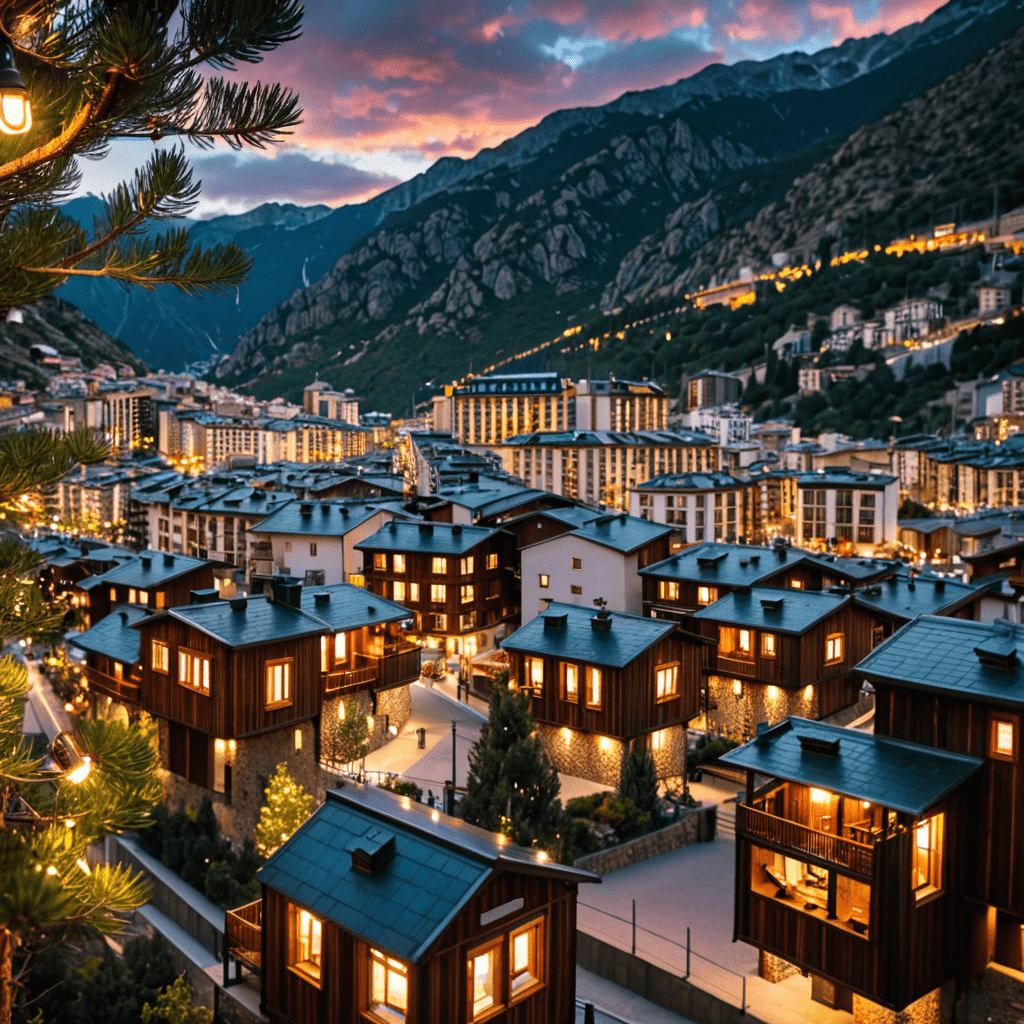
Exploring the Rich Traditions of the Shawiya People
The Shawiya people, also known as the Chaoui, are a Berber ethnic group residing primarily in the Aures Mountains of Algeria. Their cultural heritage is deeply rooted in traditional dance and music forms that have been passed down through generations. Let’s delve into the captivating world of Shawiya dance and music.
The Essence of Shawiya Dance
Shawiya dance is characterized by its vibrant and energetic movements, reflecting the spirit and traditions of the Shawiya people. Often performed during celebrations, weddings, and other significant events, Shawiya dances feature intricate footwork, rhythmic clapping, and symbolic gestures that tell stories of the community’s history and values.
Rhythms of Shawiya Music
Music plays a central role in Shawiya culture, with traditional instruments like the bendir (a type of frame drum) and gasba (a flute-like instrument) creating rhythmic melodies that accompany the dancers. The music is often accompanied by poetic lyrics sung in the Shawiya language, adding a lyrical and emotional depth to the performances.
Cultural Significance of Shawiya Dance and Music
Shawiya dance and music are more than just forms of entertainment—they play a vital role in preserving the cultural identity and heritage of the Shawiya people. Through these art forms, important stories, beliefs, and values are passed down from one generation to the next, ensuring the continuity of tradition.
Impact of Modernization on Shawiya Dance and Music
Like many traditional art forms, Shawiya dance and music have faced challenges due to modernization and changing societal norms. Efforts are being made to preserve and promote these cultural practices, recognizing their value in maintaining the unique identity of the Shawiya people.
Learning and Experiencing Shawiya Dance and Music
For those interested in immersing themselves in the world of Shawiya culture, opportunities to learn traditional dance and music are available through cultural centers, workshops, and festivals in the Aures region. Engaging with these art forms firsthand offers a deeper appreciation for the history and traditions of the Shawiya people.
Preserving a Treasured Heritage
As we celebrate the beauty and significance of Shawiya dance and music, it is essential to recognize the importance of preserving these treasured art forms for future generations. By supporting and embracing Shawiya culture, we contribute to the rich tapestry of human heritage and diversity.
Embracing Diversity Through Shawiya Dance and Music
In conclusion, the traditional dance and music of the Shawiya people serve as a testament to the resilience, creativity, and cultural richness of this Berber community. By embracing and honoring these art forms, we not only celebrate the Shawiya heritage but also promote cross-cultural understanding and appreciation. Let us join hands in preserving and cherishing the vibrant traditions of the Shawiya people.
FAQ – Traditional Dance and Music of the Shawiya People
What is the significance of traditional dance and music for the Shawiya people?
Traditional dance and music hold immense cultural significance for the Shawiya people, serving as a way to express their heritage, stories, and emotions. These art forms are integral to their identity and are often performed during celebrations, rituals, and gatherings.
What are some common characteristics of Shawiya traditional dance?
Shawiya traditional dance is known for its lively and rhythmic movements that are often accompanied by energetic music played on traditional instruments. The dances often reflect elements of nature, daily life, and historical events that are important to the Shawiya community.
Can anyone participate in Shawiya traditional dance performances?
While Shawiya traditional dance is deeply rooted in the culture and history of the Shawiya people, outsiders are often welcomed to observe and even participate in these dances as a way to experience and appreciate the rich cultural heritage of the Shawiya community.
What role does music play in Shawiya traditional dance?
Music plays a vital role in Shawiya traditional dance, setting the rhythm and tone for the dancers. Traditional instruments like drums, flutes, and string instruments are commonly used to create the melodic and rhythmic backdrop for the dancers to move in sync with,


